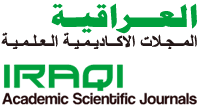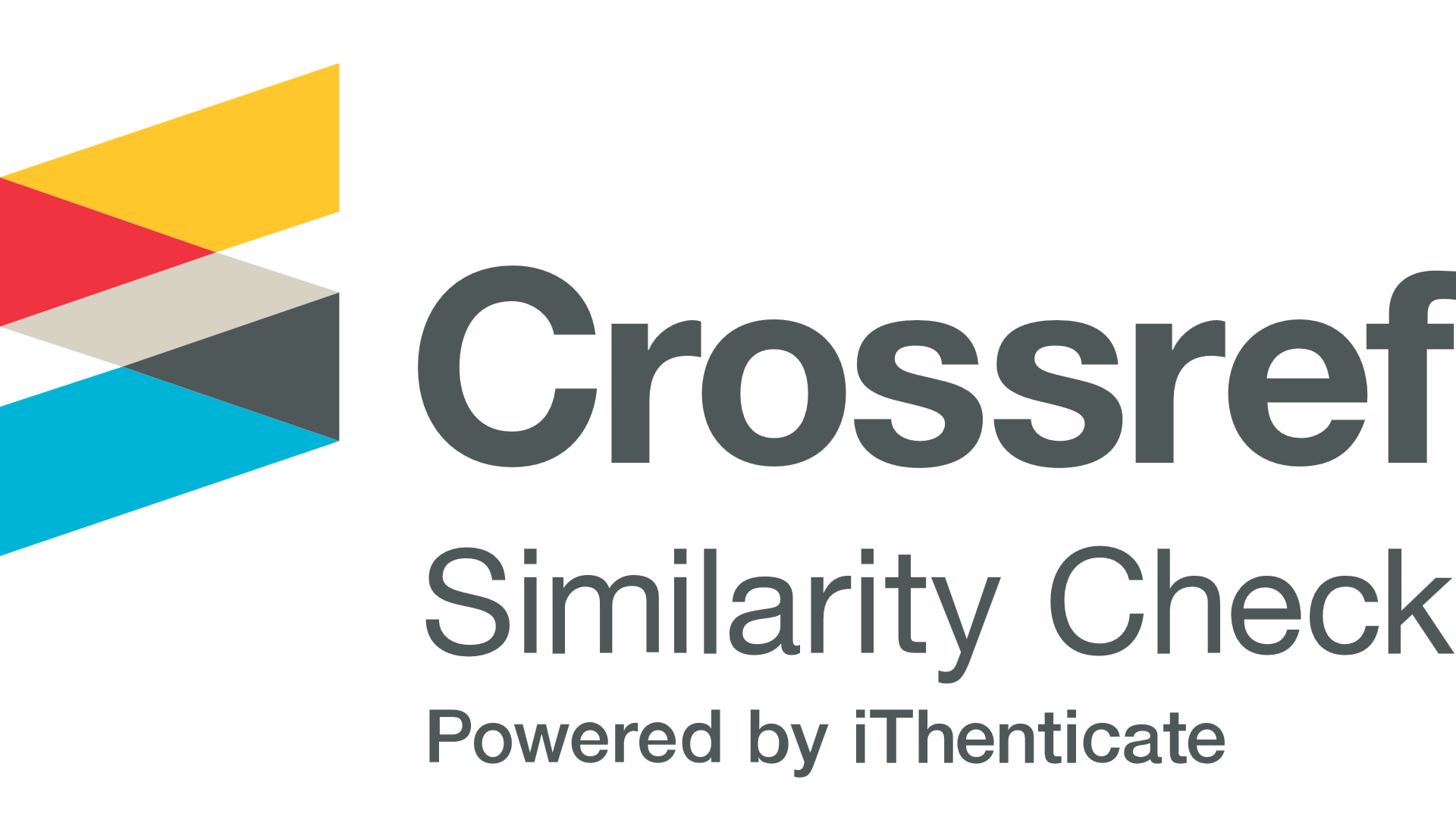The Phonological Differences between Modern Standard Arabic and Mosuli Arabic’s Cardinal Numerals: A Descriptive Study
Abstract
The Mosuli variety of Arabic is one of the qeltu dialects in upper Mesopotamia spoken by the inhabitants of Nineveh in the north region of Iraq. Various studies related to this qeltu variety haveeen conducted on the phonological, morphological, syntactic, and sociolinguistic levels. Although there are a number of noteworthy studies that address this variety of Iraqi Arabic, some scholars report that many of those descriptions were not satisfactory and contemporary ones lack clarity. As such, the study presents a detailed description that specifies the phonological differences found when comparing Modern Standard Arabic to Mosuli Arabic. Those differences are then scaled according to their frequency from the most frequent to the least frequent one. The samplef the present study comprises 50 native speakers of MA of different age, gender, and educational background so as to be inclusive. They are instructed to produce MA cardinal numerals in the range of 0 to 20 and their performance is recorded and analysed auditorily afterwards. It was concluded that MA usually favours having fewer syllables prioritizing it to ease of pronunciation. In addition, MA stress pattern is, to a certain extent, more predictable than in MSA.


